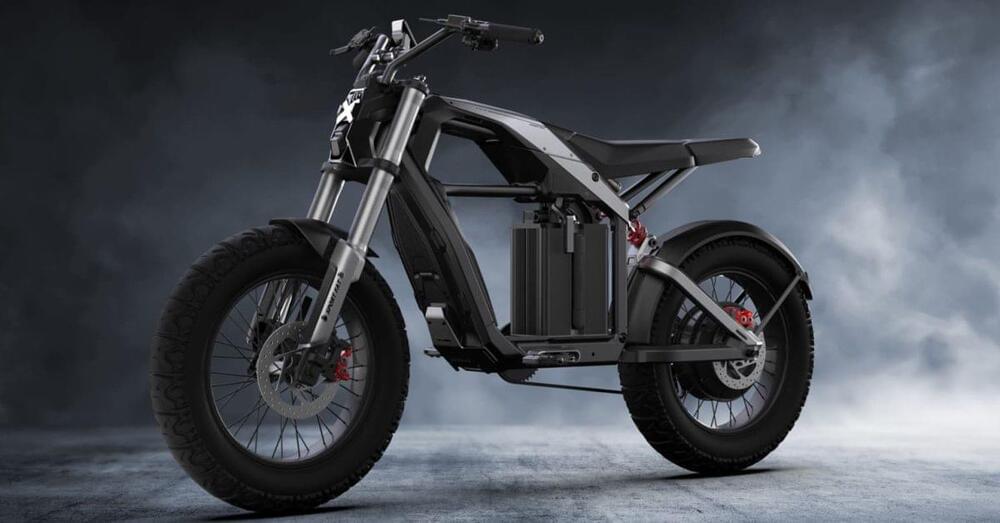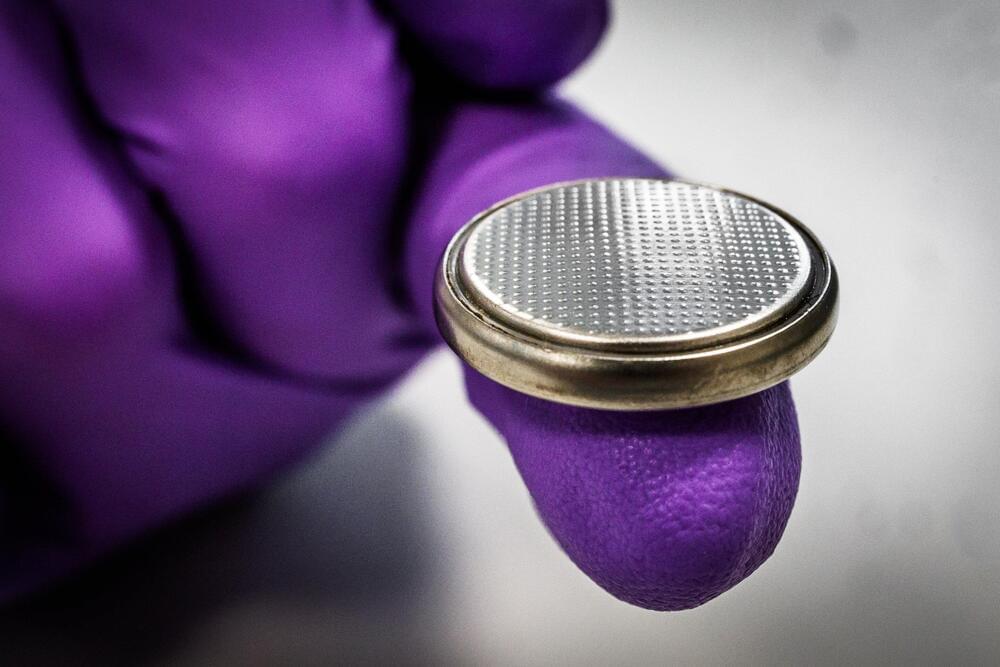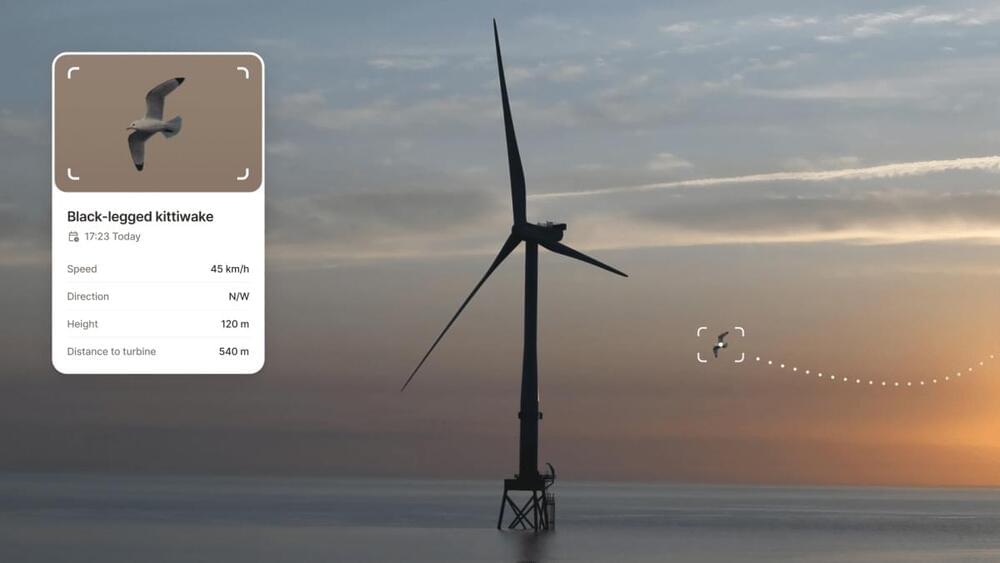The chip-scale device could provide sensitive detection of lead levels in drinking water, whose toxicity affects 240 million people worldwide.



Segway has taken to the Consumer Electronics Expo (CES) in Las Vegas to unveil a pair of new electric two-wheelers. The first is an electric bicycle called the Xafari, while the latter is a borderline electric motorcycle known as the Xyber.
Both bikes are ostensibly categorized as electric bicycles in the US, fitting within the legal definition of the category. The Xafari even feels like it fits nicely under the e-bike classification, though the Xyber seems to carry a bit more Sur Ron vibes than Schwinn vibes, if you get the idea.
Any way you slice them, both bikes mark a major push deeper into the industry for Segway as the company continues to expand in the micromobility category.

A recent United Nations report found that the world generated 137 billion pounds of electronic waste in 2022, an 82% increase from 2010. Yet less than a quarter of 2022’s e-waste was recycled. While many things impede a sustainable afterlife for electronics, one is that we don’t have systems at scale to recycle the printed circuit boards (PCBs) found in nearly all electronic devices.
PCBs — which house and interconnect chips, transistors and other components — typically consist of layers of thin glass fiber sheets coated in hard plastic and laminated together with copper. That plastic can’t easily be separated from the glass, so PCBs often pile up in landfills, where their chemicals can seep into the environment. Or they’re burned to extract their electronics’ valuable metals like gold and copper. This burning, often undertaken in developing nations, is wasteful and can be toxic — especially for those doing the work without proper protections.
A team led by researchers at the University of Washington developed a new PCB that performs on par with traditional materials and can be recycled repeatedly with negligible material loss. Researchers used a solvent that transforms a type of vitrimer — a cutting-edge class of sustainable polymers — to a jelly-like substance without damaging it, allowing the solid components to be plucked out for reuse or recycling.

A battery made from zinc and lignin that can be used over 8,000 times has been developed by researchers at Linköping University, Sweden, with a vision to provide a cheap and sustainable battery solution for countries where access to electricity is limited. The study has been published in the journal Energy & Environmental Materials.

Floating photovoltaics (FPV), also known as floating solar farms, are photovoltaic systems that can be deployed on the sea’s surface or on other bodies of water. While their environmental impact is still the topic of debate worldwide, these systems could be highly advantageous for generating renewable energy, particularly in warm regions where available land is scarce or costly.

Data shuttling can increase energy consumption anywhere from 3 to 10,000 times above what’s required for the actual computation, said Wang.
The chip was highly efficient when challenged with two speech recognition tasks. One, Google Speech Commands, is small but practical. Here, speed is key. The other, Librispeech, is a mammoth system that helps transcribe speech to text, taxing the chip’s ability to process massive amounts of data.
When pitted against conventional computers, the chip performed equally as accurately but finished the job faster and with far less energy, using less than a tenth of what’s normally required for some tasks.



Semiconductors are the foundation of all modern electronics. Now, researchers at Linköping University, Sweden, have developed a new method where organic semiconductors can become more conductive with the help of air as a dopant. The study, published in the journal Nature, is a significant step towards future cheap and sustainable organic semiconductors.
